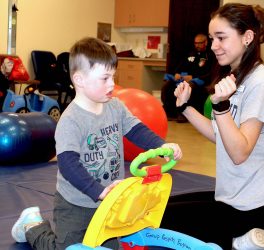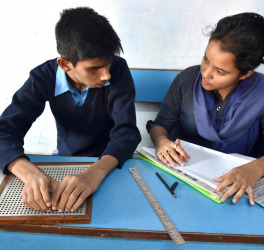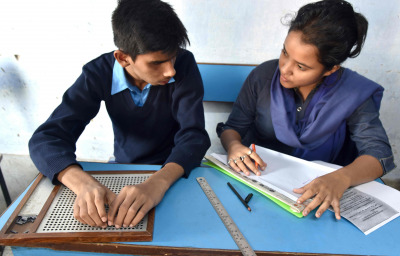
Penn State researchers are examining how students with or at-risk for disabilities can be better helped as they attend U.S. schools, through two new projects totaling nearly $1.2 million being funded by the National Center for Special Education Research, U.S. Department of Education’s Institute of Education Sciences.
Paul Morgan, Harry and Marion Eberly Fellow, professor of education and demography, and director of the Social Science Research Institute’s Center for Educational Disparities, is principal investigator of a project that is examining which students are being identified as having disabilities while attending U.S. schools.
Federal legislation and regulations require U.S. school districts to monitor whether students of color are overrepresented in special education. School districts reporting overrepresentation that exceeds pre-specified risk ratio thresholds are required to take corrective action including reallocating up to 15% of their federal special education funding.
Morgan’s previous work has consistently found that students of color are less likely, on average, to be identified as having disabilities than similarly situated students who are white.
“With the current project, we’ll further examine nationally representative data sets of students attending U.S. schools including at-risk subpopulations such as students with disabilities, racial/ethnic minorities, low-income students, and language minorities,” said Morgan. “The lack of access to services based on race, ethnicity, or national origin may be exacerbating educational disparities in the U.S.”
The researchers will examine five sets of research questions and compare data from the Early Childhood Longitudinal Studies of 1999 and 2011 as well as cross-sectional surveys of the National Assessment of Educational Progress. They will examine how racial/ethnic disparities for special education in kindergarten through fifth grade has changed including changes for students with specific disability conditions and the benefits to students of receiving special education services.






